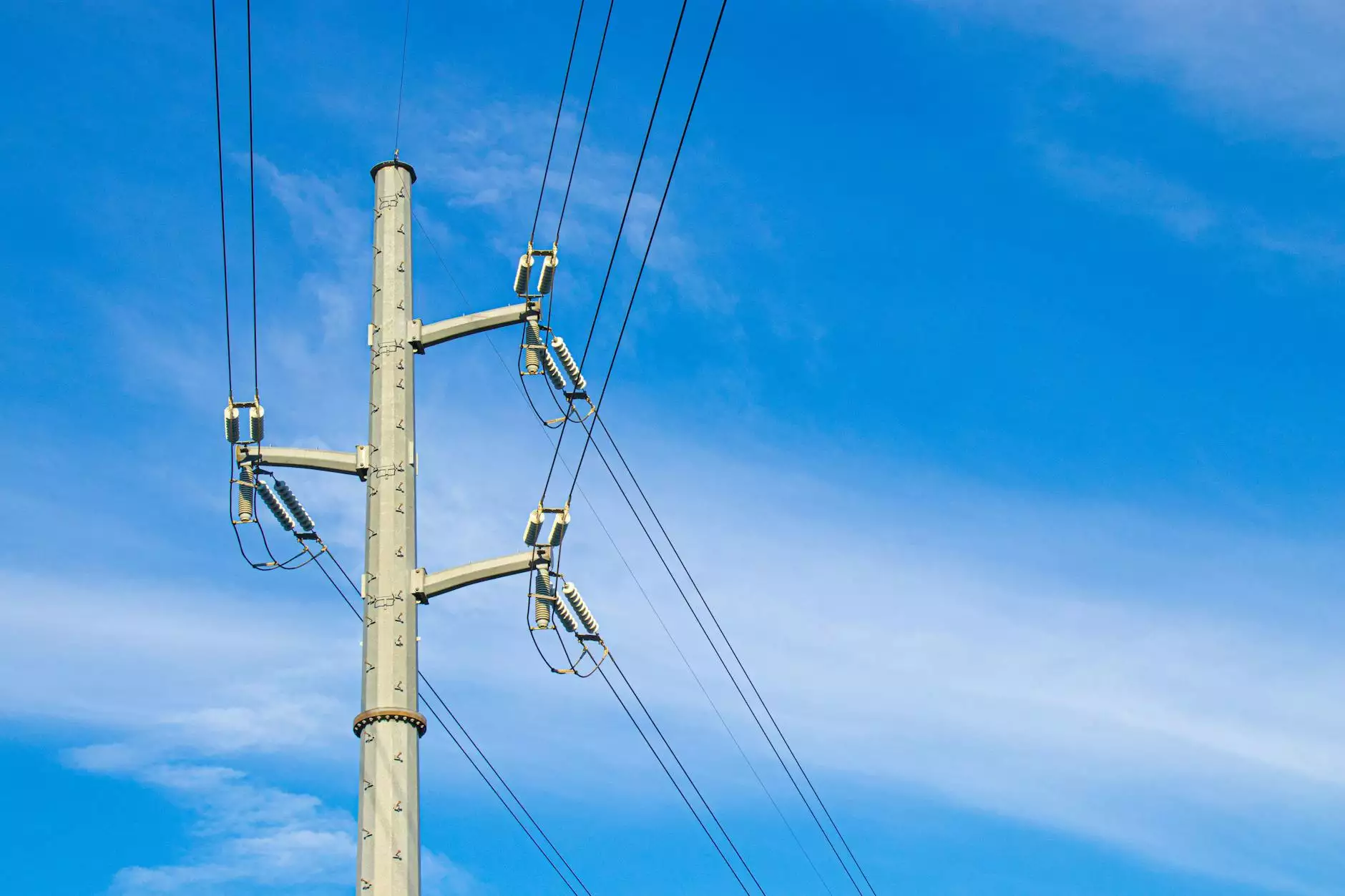The Ultimate Guide to the Difference Between NPT and BSPT Threads

Introduction: Understanding Thread Types
In the world of pipe fittings, understanding the various types of threads is crucial for ensuring proper connections and system integrity. Among the myriad of thread types, the difference between NPT and BSPT threads stands out as one of the most significant distinctions for professionals in the field of plumbing and piping. Both NPT (National Pipe Tapered) and BSPT (British Standard Pipe Tapered) are common thread designs, but they are used in different regions and applications. This guide will delve deep into the characteristics, specifications, and uses of these two thread types.
What are NPT Threads?
NPT threads, or National Pipe Tapered threads, are a U.S. standard for tapered threads used in piping. They were established to provide a leak-proof seal in pipe connections and fittings.
Specifications of NPT Threads
- Tapered design: NPT threads are designed to create a tight seal as the male and female fittings are joined together.
- Thread angle: The angle of the threads is 60 degrees.
- Measurement: The sizes are specified as nominal pipe sizes (NPS), which do not represent the actual dimensions of the fitting.
- United States standard: Primarily used in North America and by industries following U.S. standards.
Applications of NPT Threads
NPT threads are widely used in various applications, including:
- Oil and gas industries
- Water supply and plumbing systems
- Industrial piping and manufacturing
What are BSPT Threads?
BSPT threads (British Standard Pipe Tapered) are another standard for threaded pipes and fittings specifically used in countries that follow the British standards.
Specifications of BSPT Threads
- Tapered design: Similar to NPT, BSPT threads are also tapered to ensure that connections are tight and leak-proof.
- Thread angle: The angle of BSPT threads is 55 degrees, distinguishing it from NPT threads.
- Measurement: Similar to NPT, sizes are given in nominal terms.
- British standard: Commonly used in the UK and other regions that adopt British standards.
Applications of BSPT Threads
BSPT threads are used in various applications, including:
- Hydraulic systems
- Air and gas fittings
- Water fittings in plumbing
The Key Differences Between NPT and BSPT Threads
The difference between NPT and BSPT threads extends beyond their origins and applications. Understanding these differences is pivotal for professionals in the field. Below, we highlight the fundamental distinctions:
Thread Profile
One of the most notable differences lies in the thread profile and angle:
- NPT threads have a thread angle of 60 degrees, while BSPT threads have a 55-degree angle.
Taper Angle
The taper or geometry of the threads also differs. NPT threads are designed to create a more gradual taper that helps in sealing, which may not be as effective in certain applications when compared to BSPT threads.
Compatibility
Due to their differing designs, NPT and BSPT threads are not directly interchangeable:
- Lack of compatibility can lead to leaks if fittings are forced together.
- Using the wrong thread type can compromise the integrity of the system.
Standardization
The NPT standard is predominantly used in the United States, whereas BSPT is prevalent in the UK and other Commonwealth countries. This regional distinction often dictates which type of threading is used in various industries.
Choosing Between NPT and BSPT Threads
When faced with the decision of choosing between NPT and BSPT threads, it’s essential to consider several factors:
1. Geographical Location
The geographical area where the equipment will be used often dictates the thread standard. For instance, if you are operating in North America, NPT is generally the safer choice, whereas, in the UK, BSPT would typically be standard.
2. Application Requirements
The type of application can also influence your choice. For example, using the correct thread type appropriate to the fluid and pressure conditions is vital for safety and system efficiency.
3. System Interconnectivity
If your system involves connections with existing infrastructure or equipment, ensuring the compatibility of thread types is essential.
Best Practices for Working with NPT and BSPT Threads
To ensure the proper functioning and safety of pipe and tube fittings, adhere to these guidelines:
1. Proper Installation Techniques
Ensure that threads are clean and undamaged before fitting. Avoid cross-threading and use proper tools designed for each thread type.
2. Use of Sealants
For both NPT and BSPT threads, the use of appropriate sealants can significantly enhance the seal integrity:
- Teflon tape
- Pipe dope sealant
3. Regular Maintenance
Periodically inspect threaded connections for signs of wear, leaks, or corrosion. Prompt maintenance can prevent catastrophic failures.
Conclusion
Understanding the difference between NPT and BSPT threads is crucial for ensuring reliable and safe installations in various applications. By knowing their specifications, applications, and the interactions between the two, professionals can make informed decisions that lead to successful piping solutions.
Adhering to best practices in installation and maintenance will further enhance the longevity and integrity of piping systems utilizing these thread types. Therefore, whether you are in the domain of tube fittings, ferrule fittings, or any other category available at Tech Tubes, having a strong grasp of these differences is indispensable for quality assurance and system performance.









